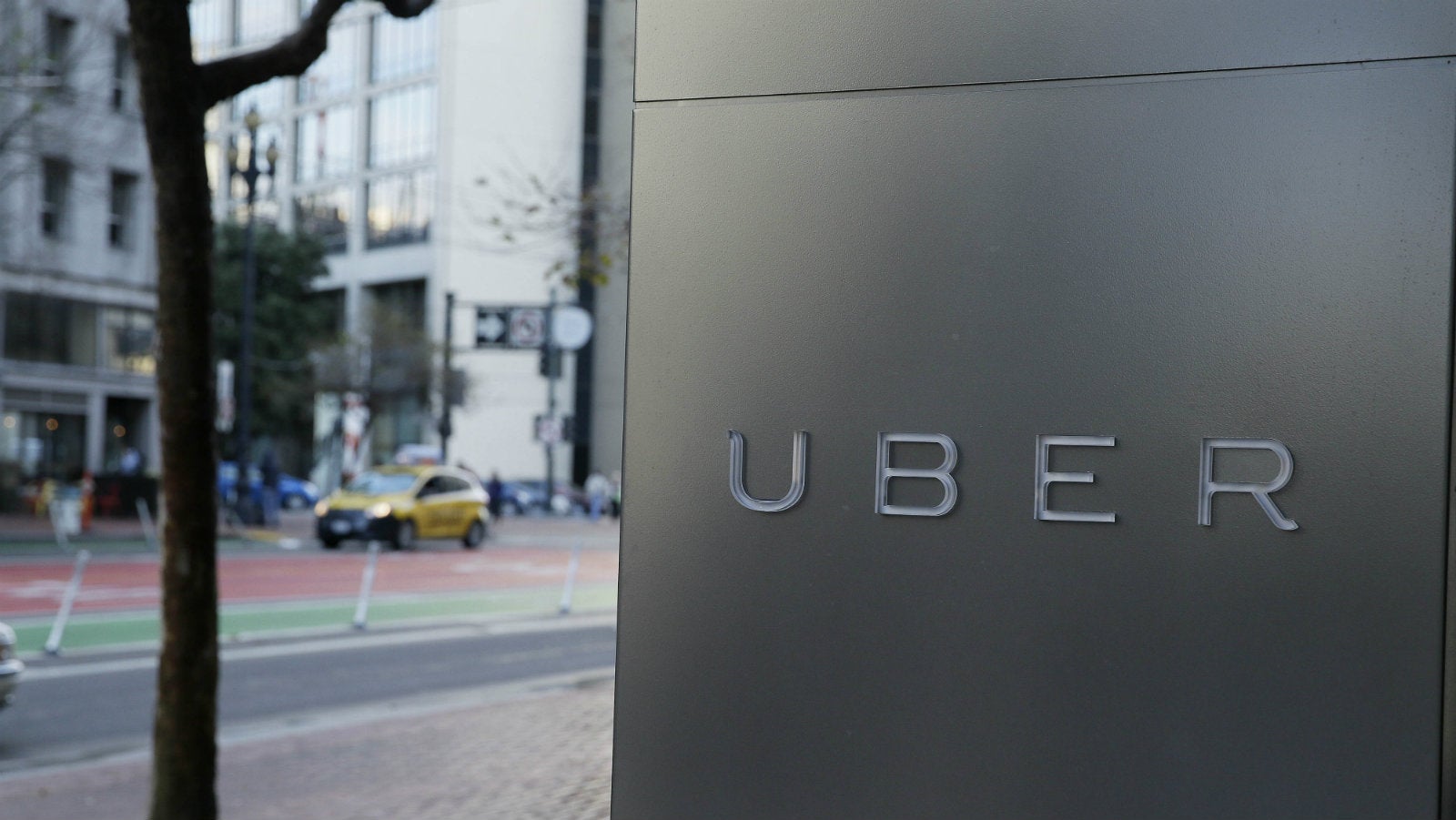Uber starts motorbike-taxi service in India—Ola follows immediately
India has become a laboratory of sorts for Uber lately.


India has become a laboratory of sorts for Uber lately.
From cash-payments to auto-rickshaws, the cab-hailing company has been testing everything it can to keep its nose ahead in India’s intensifying taxi war.
Uber’s latest gambit: two-wheeler-taxis.
Barely a week after it launched its first motorbike-taxi service in Bangkok, Uber has begun a similar one in the southern Indian city of Bengaluru. The service, uberMOTO, is currently being run on a pilot basis.
“Today (March 3), we’re very excited to announce the launch of uberMOTO, a new service as a pilot in Bangalore,” Uber said in a press release. “uberMOTO enables riders to tap a button and get a motorbike ride in minutes. It’s a great way for people to save time and money on short trips and provides last-mile connectivity at the most affordable price—as low as Rs3 (four cents) per kilometre.”
A few hours later, Uber’s competitor and India’s biggest taxi-hailing app, Ola, announced that it has also launched a bike-taxi service in Bengaluru. But Ola went a step further, offering rides at rates as low as Rs2 per kilometre.
Bengaluru, India’s information technology hub, is one of the most congested cities in the country, often crippled by traffic snarls. The average travel speed in the city rarely crosses an estimated 10 kilometres per hour.
Two-wheelers—motorbikes, scooters and scooterettes—are a popular mode of transport in Indian cities and across South Asia. Of late, they have entered the taxi ecosystem, too. Much of that has to do with the enormous two-wheeler sales. Last year, India sold 16 million of them in comparison to just about 2.6 million cars.
In the last four months, five bike-taxi services—Bikxie Pink, M-Taxi, N.O.W Bike Taxi, Rideji and Baxi—have begun operations in Gurgaon near New Delhi. In Bengaluru, Uber will take on Rapido, a bike-taxi-hailing app launched last October.
Uber’s move to launch two-wheeler-taxi service comes a few months after it shut down its auto-rickshaw platform after merely seven months of operation, due to “specific problems.” Three-wheelers are another preferred mode of transport in Indian and taxi aggregators have, of late, been integrating them into their platforms. uberAUTO was the first time that the company had ventured beyond four-wheeler taxis.